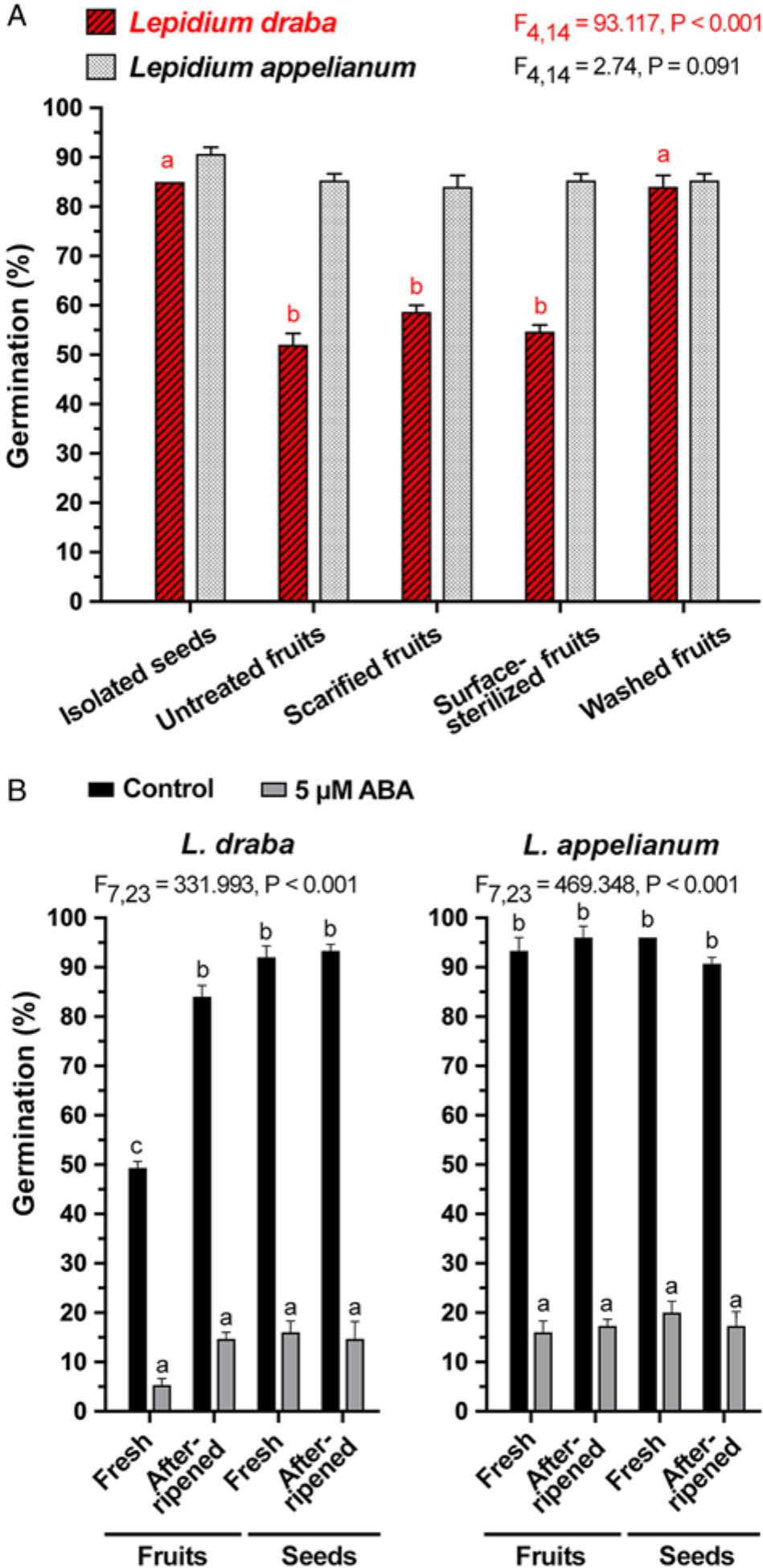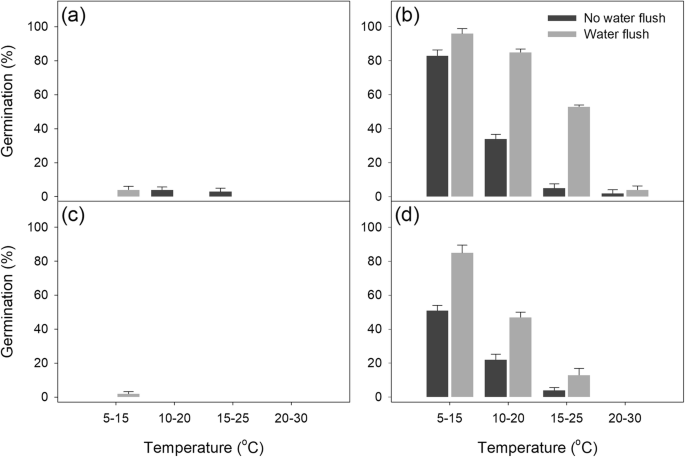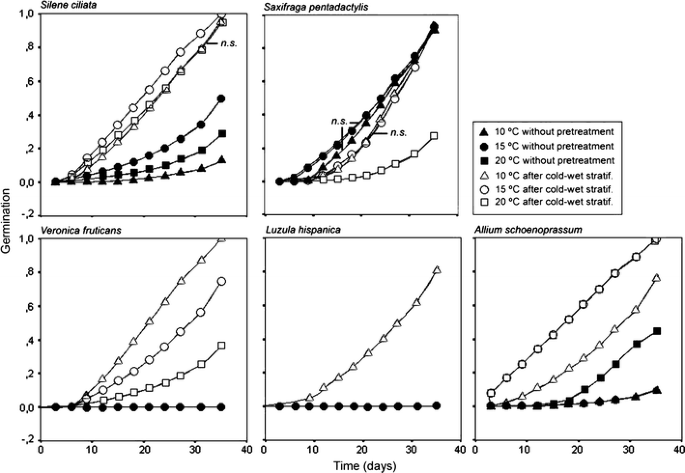

Some form of paper is a much better option. For this reason they should not be stored in closed plastic bags. It is important to let this moisture escape, or else the seed can get moldy. Orthodox seeds continue to lose moisture as they mature. For such long term storage, cold temperatures are important.

Seed banks are trying to store seeds for centuries. During that time period, orthodox seeds do not get old. To understand this you have to consider the time horizon involved.įor most gardeners, you are storing the seed for 6 months or less.

After all, is this not the reason why seed banks store at low temperatures? Some of you may be concerned that seed sitting around at room temperature will get old and that germination rates will drop. Gabriela Costea, from Botan圜a puts it this way ” It is the natural way, if you think about it – fruits/seeds mature, fall on the ground throughout the summer and early fall. They will only experience cold gradually from late fall to winter. ” Similar results were found for tomatoes, eggplant, watermelon, bell peppers and cucumber. (Note: the 14 days was an arbitrary date for testing and does not reflect the time period that produced maximum germinability.) This was true for green, yellow and red fruit, with higher germination from red ripe fruit, clearly showing that for this seed, maturation was still taking place after harvest. Seed from chili peppers (Capsicum annuum) had the highest rate of germination when the seeds were left in picked fruit for another 14 days after harvest. In some cases germinability increases only after the drying process starts. Many orthodox seeds continue their maturing process after the seed is black and released from the mother plant.

The concept is easy to understand and works well for the general public.īut seed maturation is more complex than this. I even tell gardeners this in seminars and in my videos. When is Seed Mature?Īlmost everything you read about gardening will tell you that when the seed pod gets brown and dry, it is mature and the seed is ready for harvesting. Homeowners don’t have an easy way to measure moisture content and therefore they should not be freezing seed. If it is good enough for a seed bank it should be good for gardeners, but they forget one important step – drying the seed.įreezing seed with a moisture content higher than 10% can kill the seed as ice crystals form. They collect seed and then place it in the freezer. Gardeners have learned about these storage methods and think it is best to mimic them. Once they are this dry they can be safely frozen for a very long time. The seeds are dried so that the moisture content is below 10% and for some species as low as 5%. Seed banks are set up to store orthodox seeds. In the early days these seeds seemed impossible to germinate, but now we know that they die when they dry out or are stored too cold. The second group of seeds were researched more recently and became known as recalcitrant (having an obstinately uncooperative attitude). After collecting they can be dried and stored for a long time. The first group, orthodox seeds, probably got their name because these seeds behave very much like the seeds that have been collected and stored for thousands of years. Seeds have been classified into two general groups Orthodox and Recalcitrant (non-orthodox). To understand this better we need to understand a bit more about seeds and how they develop. The truth of the matter is that neither option is correct. Should Collected Seed Be Stored in the Fridge or Freezer?


 0 kommentar(er)
0 kommentar(er)
